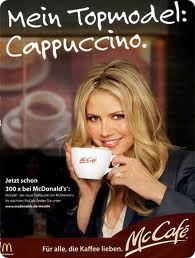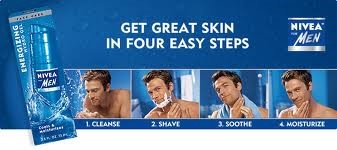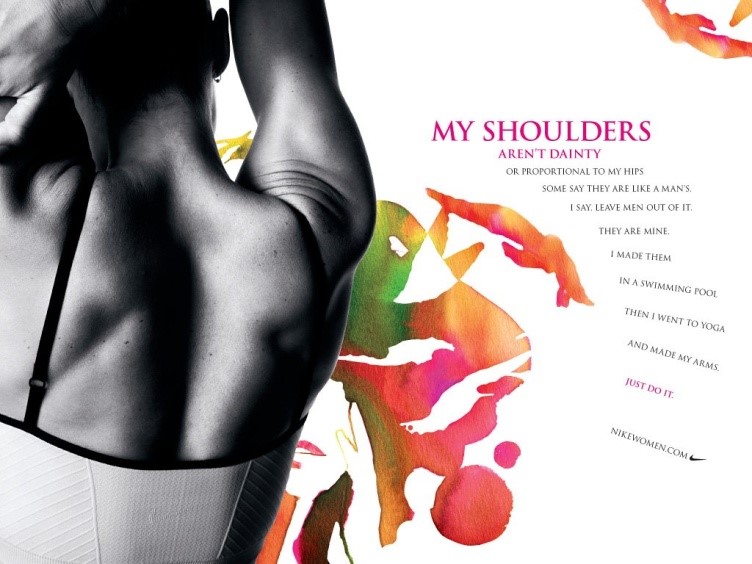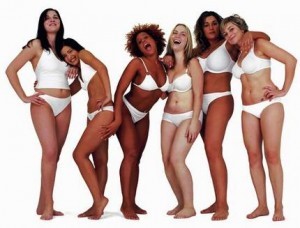Surely in the Twenty-First century we don’t need a post about how to market to women, do we? According to a recent report by She-conomy, women account for 85% of all consumer purchases including everything from autos to health care, and spend about $5 trillion annually, over half of the U.S. GDP. Women also dominate social sharing and are dominant content creators – according to The Conversation Index Report by bazaarvoice women produced 60% of user generated content in Q2 of 2011 and, interestingly, are generally more positive than men. You’d have thought marketers would appreciate the importance of the female demographic. And yet, according to the same report by She-conomy, 91% of women said that advertisers don’t understand them. So where is it all going wrong and, more importantly, which companies are getting it right?
1. Think outside your existing lines
While coffee outlets such as Starbucks saw a decrease in profits during the recent recession, McDonalds were able to build on their inexpensive image and add the McCafe outlets, offering up-market coffee, to their existing stores. Their advertising focused on fashionable, urban women, who had previously shunned their traditional reputation for unhealthy fast food. By adding salads and healthy options, and sponsoring events such as Fashion Week, McDonalds were able to entice a whole new demographic and actually increase worldwide sales by 7% during the economic downturn.

2. Don’t stereotype women
Companies who think that marketing to women involves designing with pastel colors and pink bows are going to alienate the majority of their market. Women respond to advertising that uses positive female role models and that shows them in a strong and powerful role.
The 2010 Kia Soul commercial featured professional golfer Michelle Wie beating the men at their own game at the golf club, looking cool and confident. This was just one of several marketing campaigns, but Kia’s monthly sales rose 44% in 2011 compared to 2010.

3. Focus on design and practicality
You don’t need to have separate marketing for men and women if you focus on good design and usability. Apple are a great example of a successful brand who have universal appeal; the beauty of their designs, their color options, ease of use and intuitive features appeal to women without alienating men. Their advertising reflects their gender-neutral, non age-specific appeal, with emphasis on the usability and adaptability of the products.

4. Know who is buying your product
Realizing that women are the primary purchasers of household items, Nivea For Men targeted women in a campaign to persuade them of the benefits of buying male grooming products for their partners. This was only one strand of their marketing but it was hugely successful in introducing men to grooming products initially.

5. Understand the differences between men and women… without being patronizing
Until fairly recently, Nike had an high-testosterone image (Just Do It) and their advertising featured top male athletes shown in winning scenarios. They had 50% of the market share of the men’s fitness market, but only 20% of Nike’s revenue came from women’s products. Nike changed its focus, communicating with women to understand how they relate to sport and performance, and the decisions they take in purchasing sportswear. The result was advertising that emphasized how sport fitted in with their active lifestyles and showed regular women taking part in sport. Previously, Nike’s shoes for women were modeled on smaller versions of their men’s shoes, but new designs catered for women’s different body shapes and movements, with more lines emphasizing a fashionable look.

6. Recognize real women
The default argument used by advertisers for not only featuring women who are unattainably thin and representative of the narrowest standards of beauty, but in then Photoshopping them beyond all recognition, is that ‘real’ women don’t sell beauty products.
Dove’s Real Beauty campaign (begun in 2004) changed the face of the beauty advertising industry. With award-winning short films such as The Evolution of Beauty, and commercials featuring older or standard-sized women, Dove sought to show that ‘real’ women are in fact beautiful, as beauty is not to be found in perfection. What was even more startling (to the beauty industry) was that Dove’s sales skyrocketed: women could relate to the images and the message of positive self-esteem.

If brands are going to look to increase their market share into the twenty-first century, they are going to have to look beyond superficial marketing ploys and understand that the women’s market isn’t a niche: it’s a driving force.
Originally published in Fast Company
